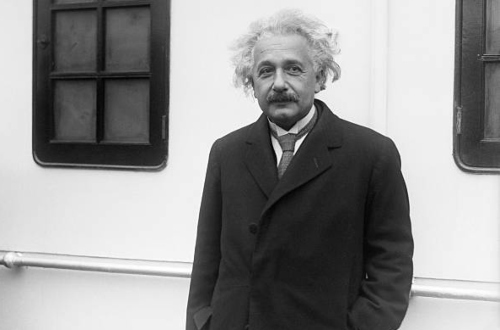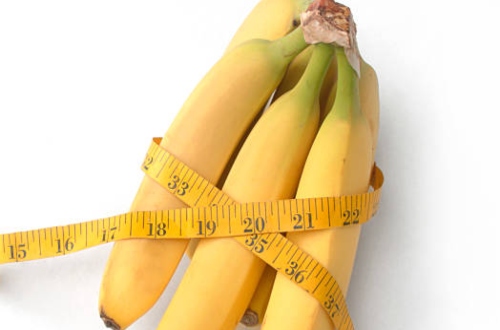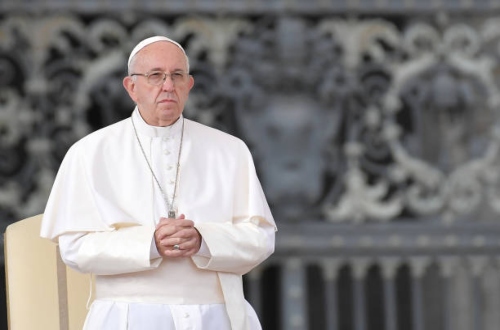Random fun facts take us by surprise in the best possible way. It is unexpected or unusual knowledge from the worlds of science, history, and pop culture that delights and entertains us and everyone with whom we share it. But these fun facts aren’t just fun bits of information that will make you a quiz-answer master: they’re really fun, and once you get started, you’ll want to listen until your curiosity is satisfied.
1 | Neil Armstrong’s hair was sold in 2004 for $3,000

Gettyimages
The lucky buyer, John Reznikoff, holds the Guinness World Record for the largest collection of historical celebrity hair, according to NBC. But Armstrong’s lawyers threatened to sue Marx Sizemore, the not-so-lucky barber who cut the former astronaut’s hair; they said he violated Ohio law, which protects the rights of famous people. Sizemore said he would not pay, and Reznikoff said he would not return the hair but would donate $3,000 to charity.
2 | Nikola Tesla hated pearls

Gettyimages
The electrical engineer paved the way for modern system generators and motors; the way electricity is transmitted and converted into mechanical energy, thanks to his inventions. But despite his patience with scientific experiments, he clearly did not tolerate pearls. When his secretary wore pearl jewelry one day, he made her go home.
3 | Thomas Edison is the reason you love cat videos

Gettyimages
After the invention of the Kinetograph in 1892, Edison was able to record and view moving images for the first time. In his studio, he made short clips, some of which starred such famous people as Annie Oakley and Buffalo Bill. But the real stars of these early videos are boxer cats – adorable cats he filmed in a boxing ring around 1894.
4 | Albert Einstein’s eyeballs are in New York City

Gettyimages
They were given to Henry Abrams and kept in a safe deposit box. Abrams was Einstein’s eye doctor. He received eyeballs from Thomas Harvey, the man who performed Einstein’s autopsy and illegally took the scientist’s brain for himself.
5 | Bananas glow blue under black lights

Gettyimages
To the normal eye, under normal conditions, ripe bananas appear yellow due to organic pigments called carotenoids. As bananas ripen, chlorophyll begins to break down. This pigment is the element that makes bananas glow or fluoresce under ultraviolet light and appear blue.
6 | Adult cats are lactose intolerant

Gettyimages
Like some people, adult cats do not have enough lactase enzyme to digest lactose from milk, causing them to vomit, have diarrhea or gas. Cats have sufficient amounts of this enzyme only at birth and in the first years of their lives.
7 | The world’s oldest toy is a stick

Gettyimages
Consider how versatile the stick is. You can use it to play with your dog, swing it like a bat, or use your imagination to turn it into a lightsaber. That’s why, in 2008, the National Toy Hall of Fame included the wand in their collection of amazing toys as perhaps the oldest toy ever.
8 | One-handed player scores the winning goal at the first World Cup

Gettyimages
Hector Castro, who accidentally cut off his right forearm as a teenager using an electric saw, played for the Uruguay football team during the first-ever World Cup in 1930. In the last game between Uruguay and Argentina, Castro scored the winning goal in the final minute of the game. The final score was 4–2, making Uruguay the first country to win the World Cup.
9 | The Pope can’t be an organ donor

Gettyimages
Pope Benedict XVI was issued an organ donor card in 1970. After he became a dad in 2005, the card became invalid, according to The Telegraph. According to the Vatican, the Pope’s entire body should be buried intact because his body belongs to the universal Catholic Church.
10 | Wimbledon tennis balls stored at 68 degrees Fahrenheit

Gettyimages
The temperature of a tennis ball affects how it bounces. At higher temperatures, the gas molecules inside the ball expand, causing the ball to bounce higher. Cooler temperatures cause the molecules to shrink and the ball bounces lower. To make sure the best tennis balls are used, Wimbledon inspects over 50,000 tennis balls every year.
